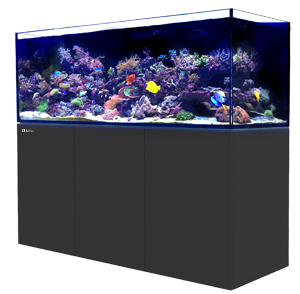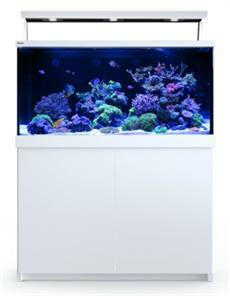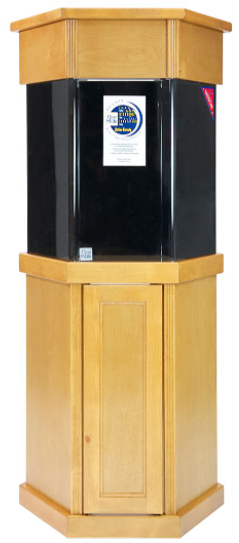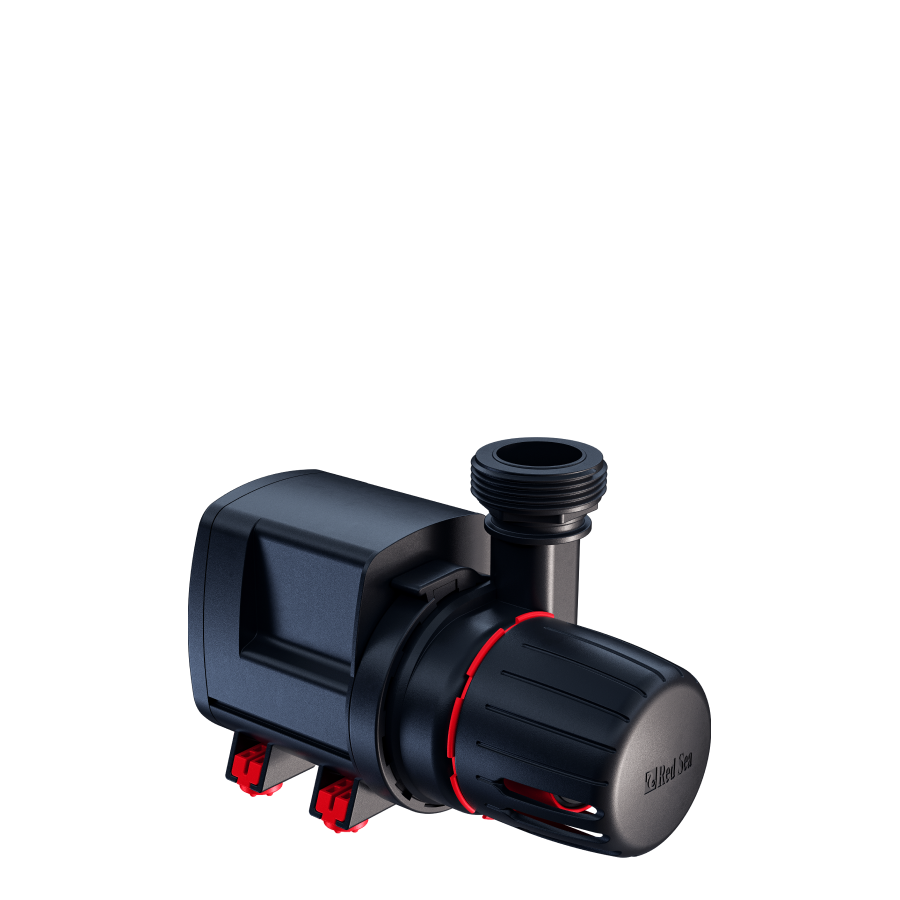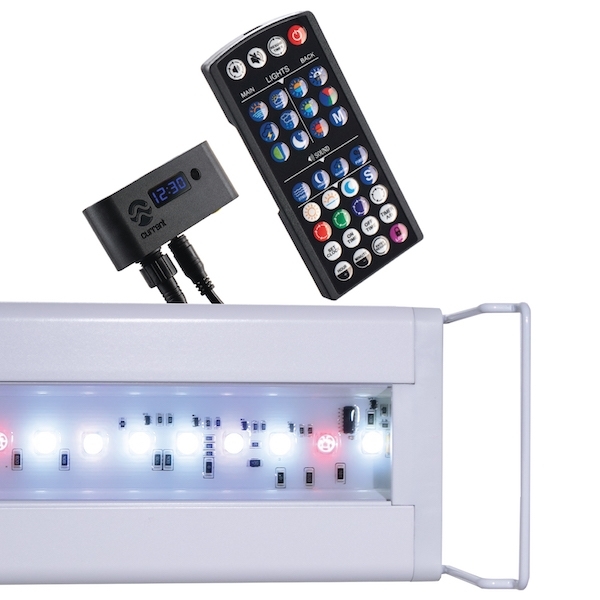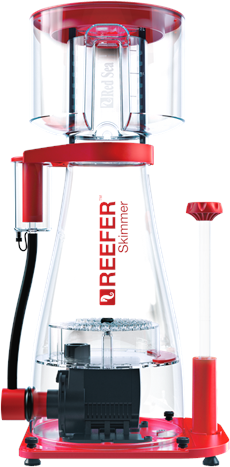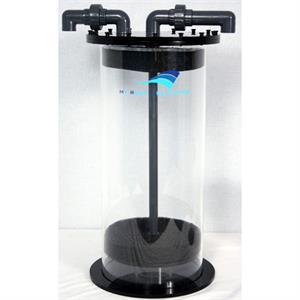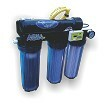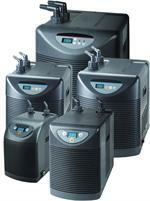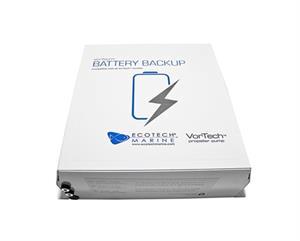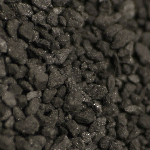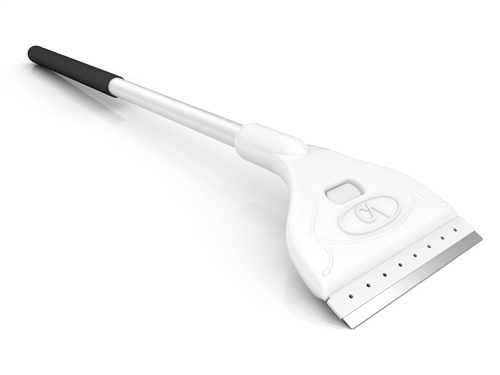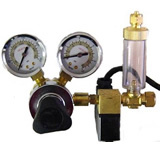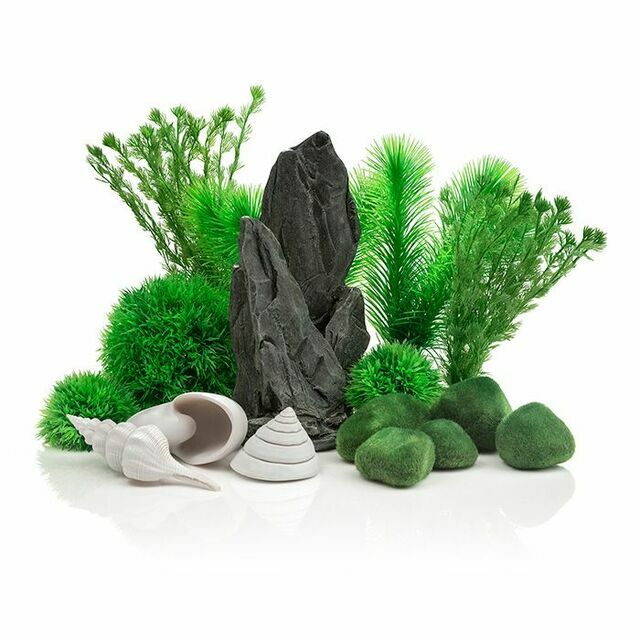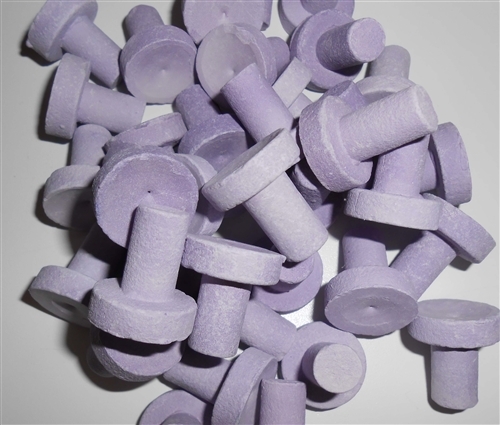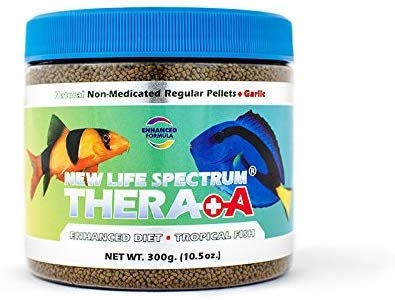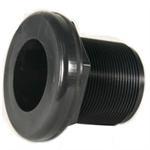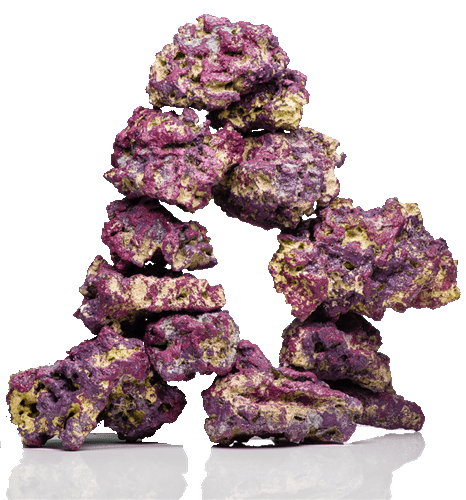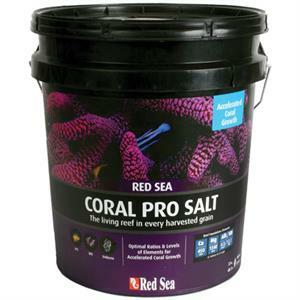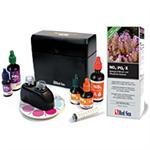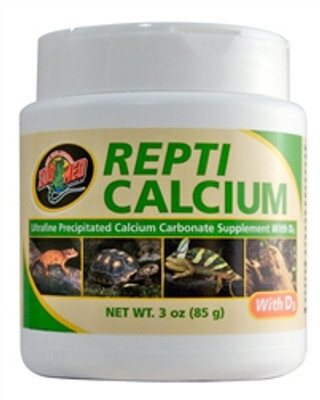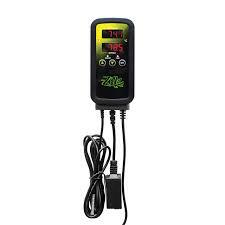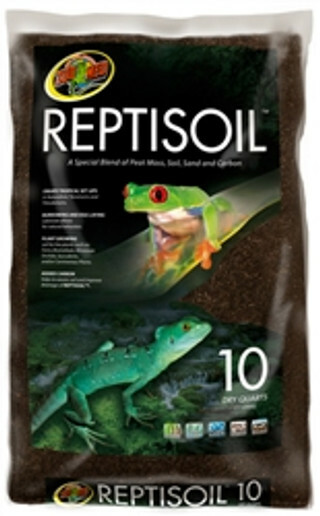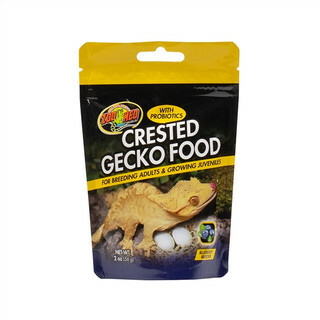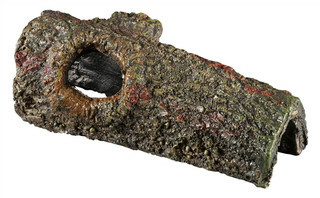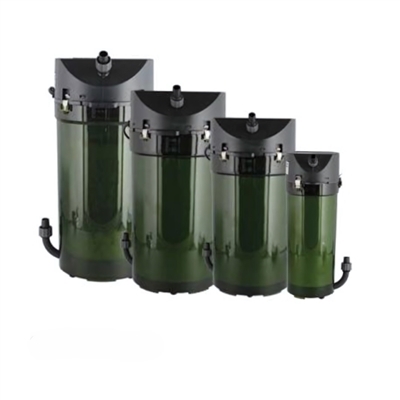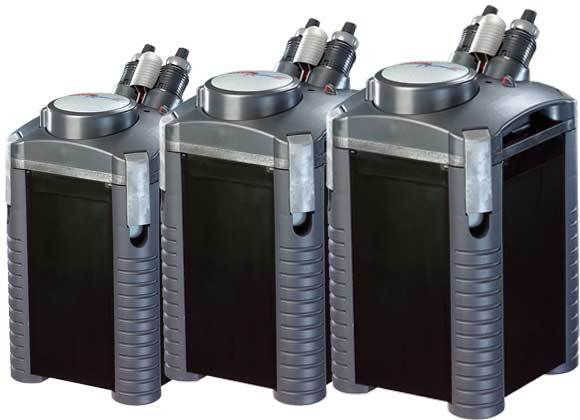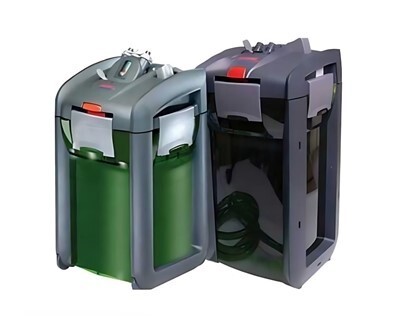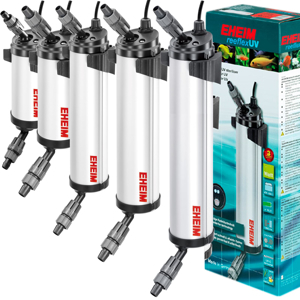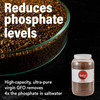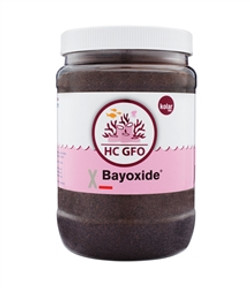Our high-quality, virgin, drinking water grade GFO phosphate reducer adsorbs phosphates more quickly than competing phosphate removal medias - and keeps them away longer. The result? Clearer water, a healthier tank environment and less time spent cleaning your aquarium.
Bayoxide® E33 GFO (Granular Ferric Oxide) Phosphate Reducer fights harmful algae in fresh and saltwater aquariums by eliminating their phosphate food source. Left unchecked, high phosphate levels and algae can cause extensive harm to fish, coral and other aquarium life.
Features
- Removes phosphates quickly on contact
- Also removes silicates, arsenic and many heavy metals
- Reduces and prevents algae growth
- High phosphate removal capacity for lasting efficacy
- Creates a healthier environment for aquatic plants and animals
- Safe for all fresh and saltwater aquariums, reef tanks and ponds
- Highly effective in reactors, filters socks, canister filters and filter cartridges
Applications and Uses
Bayoxide® E33 GFO media granules quickly and effectively remove phosphates, silicates, arsenic, and heavy metals in all freshwater and marine aquatic environments. Use in freshwater aquariums, planted tanks, koi ponds, natural swimming pools, hydroponics, saltwater aquariums, and reef tanks to control phosphates and reduce algae. Safe for all freshwater and marine fish, invertebrates, plants, and pets.
Detailed Instructions
How to Remove Phosphates from Water and Reduce Algae
1. Place GFO media in mesh media bag in filter or sump, or directly in fluidized reactor in recirculating water flow.
2. Initial starting dose = 1 gram/gallon in media bag or fluidized reactor.
Standard maintenance dose = 2 grams/gallon in media bag or fluidized reactor
Start slowly since GFO removes phosphates quickly and effectively to avoid shocking your aquarium. Once phosphates are under control in 2 to 3 weeks, increase GFO dose to maintain consistently low phosphate levels.
EXAMPLE STARTING DOSE: 8 grams = 1 level tablespoon, 16 Tbsp = 1 cup. 1 cup per 128 gallons to start in media bag or fluidized reactor
EXAMPLE MAINTENANCE DOSE: 1 cup per 64 gallons standard maintenance dose once phosphates are under control in media bag or fluidized reactor
3. Monitor phosphates, add or change media when levels start to rise, or if algae increases. Sometimes the algae consume so much phosphates, the levels test low while algae growth is still present. Continue increasing until algae is controlled, or switch to High Capacity GFO HC for stubborn algae problems.
4. For optimal effectiveness, do not allow overall phosphate levels to test above 0.05ppm. Test water coming directly from the phosphate reactor for phosphates. If any phosphates are present, GFO should be increased or replaced.
5. For best results, pre-filter water going into the reactor, and water going out.
EXAMPLE: Filter sock on effluent to trap fines, especially with new media.
Pro tip: Remove all sponges before and after media in reactors and replace with plastic mesh to prevent clogging. Add small check valve to pump side of water line/keep return line submerged to prevent back siphoning into pump in case of a power outage.
6. Rinse all new media and discard discolored water from rinsing before use.
Pro tip: Use bucket full of tank water and submerge pump and reactor. Run pump with return line running to drain until discoloration stops, then return line back into bucket. Run for a few minutes, checking for proper fluidization. Check for air bubbles or pockets, and gently tap or tilt reactor to eliminate them. Return pump and reactor to sump or tank together.
7. Check weekly for good flow and fluidization. If clogged, dump reactor contents into 5 gallon bucket with tank water, stir and pour off debris. Media can then be returned to reactor in part or whole.
Pro tip: Use this technique when changing media, and save approx. 1/4 of old media to mix into new media, keeping bacterial cultures stable to prevent bacteria or algae bloom from media change. If used in canister filter, use micron bag to hold GFO preferably in thin layers to keep good flow, and reduce channeling through media.
8. If any negative coral reaction is noticed after new or changed media, reduce the amount by half. Dropping phosphates too quickly can cause shock. Once established, overdose is unlikely and phosphates will not leach back into the system.

